If you thought the service dogs Gia and Iggy were the only animals currently at Pentucket, think again.
When you head to the middle school side of Pentucket and walk up to the third floor, you’ll find Ms. Hughes’ science classroom, which is located near the end of the hall. If you stop by her room, you’ll see a tank near the far wall.
Inside the tank are two baby turtles named Beaker and Bunsen, and they’re very cute!
They were named by the middle school students after the two popular Muppet characters.
Background
This type of turtle is called a Blanding’s turtle. What’s cool about these turtles is that they are very tiny; they don’t fully mature until they are 20 years old. At that point, they can grow up to 5 to 10 inches long.
You may be wondering why we have turtles at Pentucket. Turns out, this type of turtle is endangered. Fewer than 3,000 of these turtles are left in Massachusetts, New Hampshire, Maine, New York, and Pennsylvania all together. The plan is to keep them at Pentucket until they grow a little more and are able to survive better in the wild.
There are many reasons to explain such low numbers. Because Blanding’s turtles take so long to mature, they do not start reproducing until later in their lives. Additionally, these turtles are known to travel long distances. As a result, they cross roads and are at high risk of being run over.
The Process
When Ms. Hughes was asked about how she acquired the turtles, she responded, “Another teacher told me about them and I liked the idea.”
However, the process wasn’t easy. Ms. Hughes commented, “Last year we tried to do it and we couldn’t get [the turtles] because of a huge drought and a lot of them died. The water levels were low, so all the herons and other predators just waited by the puddles of water that should’ve been deeper. [The predators] just ate them all.”
They won’t stay here forever. Ms. Hughes spoke about the process of releasing the turtles: “We don’t have an exact location [to release them] yet, but [we] meet up with other people who got the turtles. We all meet at the same spot and release them somewhere local in June, and then hopefully they’ll be a lot bigger by then, too.”

Life at Pentucket
You might be wondering what their lives are like living at Pentucket. Ms. Hughes was asked about the caring process, and she said, “Because they’re reptiles, they have a slow metabolism. [Yet] because they’re babies, they have to grow faster and eat more. They eat every day except for the weekend. I leave them here and they don’t eat, which is okay.”
When asked about what happens to the turtles during long school breaks, Ms. Hughes replied, “They’ll come to my apartment, and the little turtles will be chilling [with me].”
Ms. Hughes was also asked what the turtles eat, and she replied, “Right now, they’re eating these little turtle pellets. If they were in the wild, [they would] eat anything they could fit their mouths over: berries, insects, tadpoles, you name it.”
With the Students
The turtles will start to be used in the seventh grade science curriculum as well as the Environmental Club.
When asked how exactly the turtles will be involved in science classes, Ms. Hughes said, “We are going into our living sciences [unit] next month. We will incorporate [the turtles] into learning about the food web [and] local ecosystems. We will also incorporate water quality and water conservation. [The turtles] tie into so much, which is nice.”
Meanwhile, the Environmental Club is planning to have a Blanding’s turtle week. Ms. Hughes said that they will have a table set up in the cafeteria and the club will educate students about the turtles.
Senior Eva Pappalardo, president of the high school Environmental Club, commented on how she found out about the turtles: “I got an email about the turtles and it was very exciting.” She also said she was thrilled to work with the turtles and eventually help release them back into the wild.
Conclusion
By having Beaker and Bunsen around, Ms. Hughes hopes to educate and raise awareness about Blanding’s turtles. If you want to learn more about our local environment and these turtles, stop by room 3017.

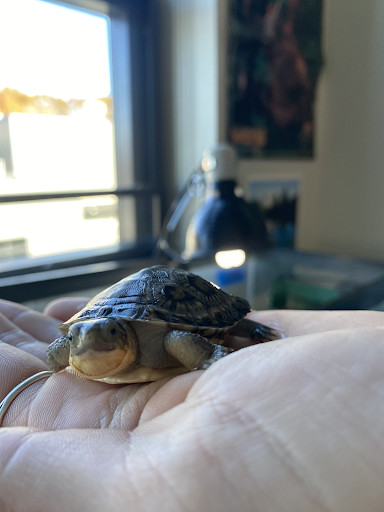
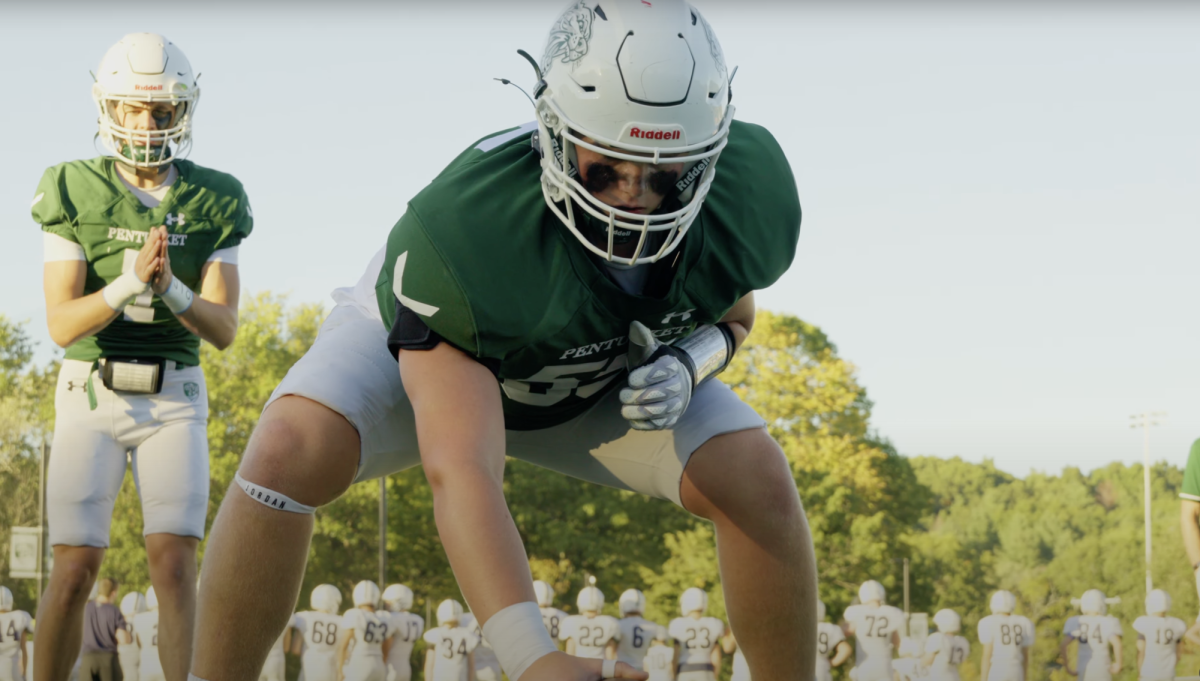
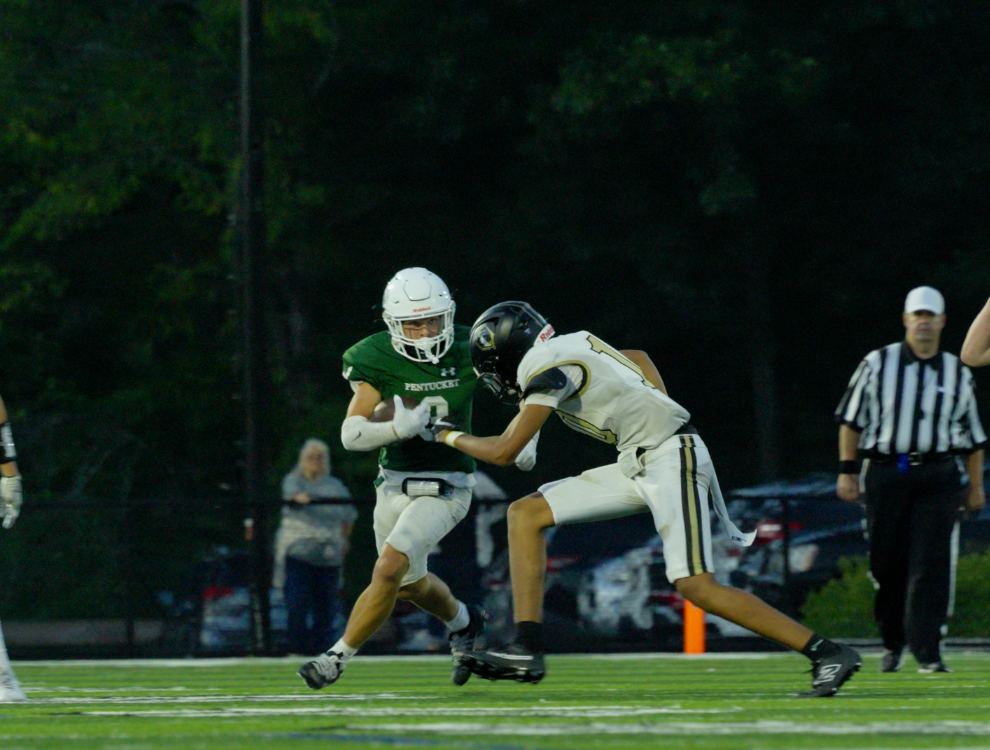
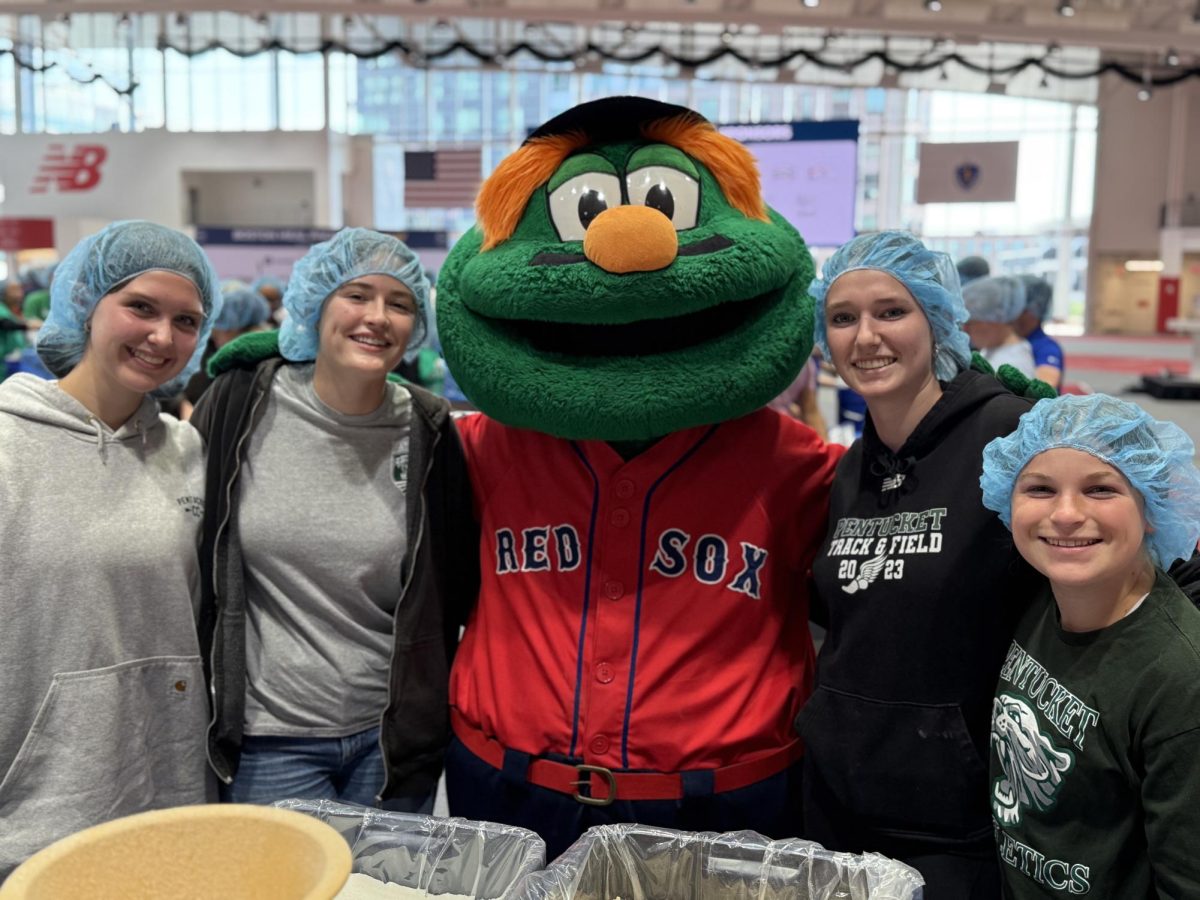
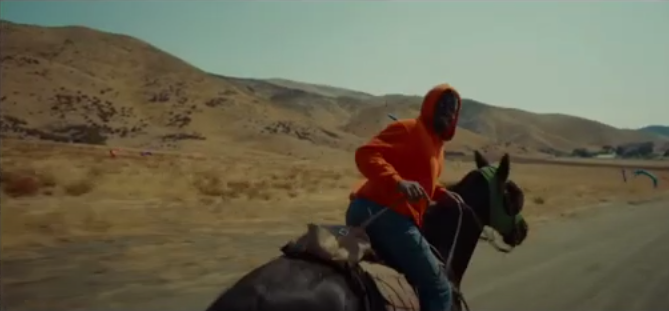
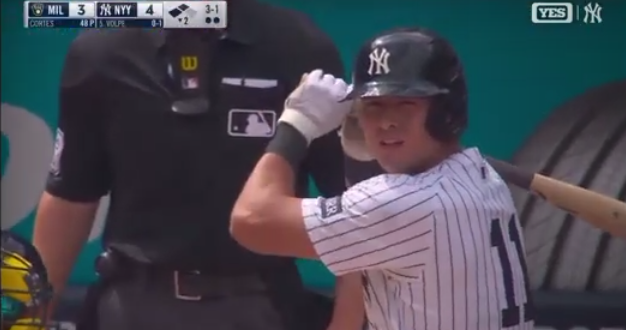
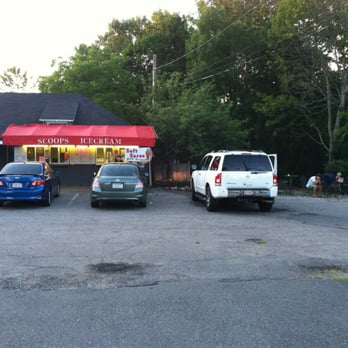
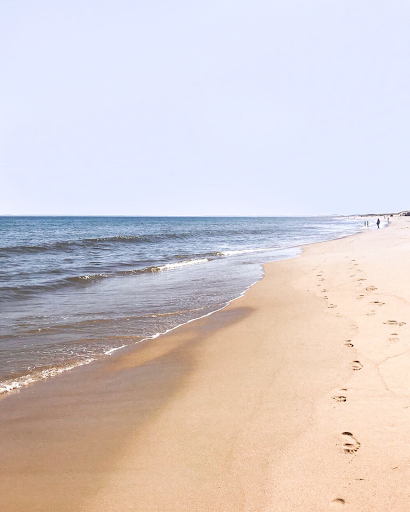


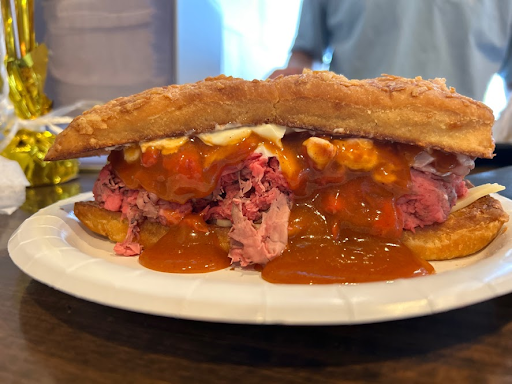


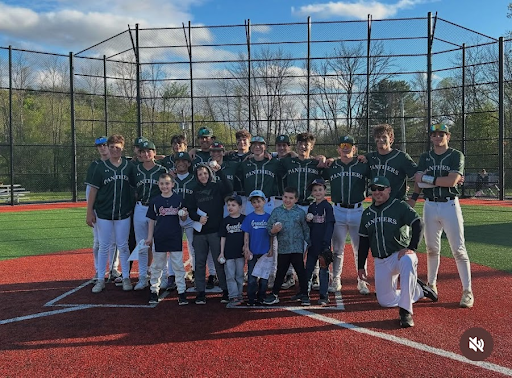





AnnaRose Bissitt • Jan 30, 2025 at 7:58 am
This was such a cute article! I had no idea we had turtles at Pentucket and it was very interesting to learn about the specific type of turtle too. Great job!